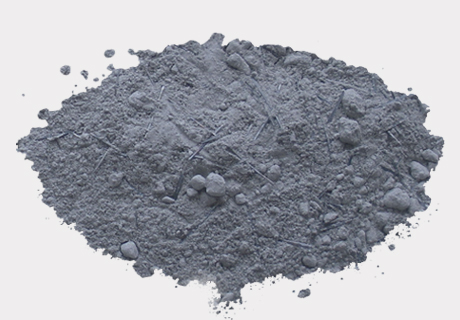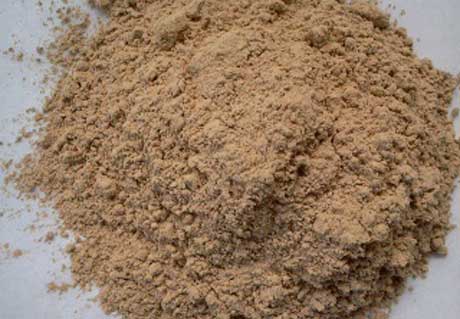The chemical and mineral composition of monolithic refractories mainly depends on the granular and powdered refractory materials used. In addition, it is also closely related to the variety and number of binders. The density of structures or products made of unshaped refractory materials is mainly related to the constituent materials and their ratios. At the same time, it largely depends on the construction method and technology. Generally speaking, compared with sintered refractory products of the same material, most unshaped refractories have a higher porosity before or even after sintering due to the smaller external force applied during molding; some properties of structures or products before sintering are also May be changed due to chemical reaction, if some medium temperature strength may be slightly reduced; due to the existence of binder and other non-high temperature stable materials, its volume stability at high temperature may be slightly lower; due to its high porosity, it may Make it less corrosive, but generally higher thermal shock resistance.

Usually, the production of monolithic refractories only goes through the preparation of granular and powdered materials and the mixing process of the mixture. The process is simple, the yield is high, the supply is fast, and the heat energy consumption is low. According to the process characteristics of the mixture, the corresponding construction method can be used to make structures of any shape. It has strong adaptability and is more suitable for use in places where bricks are not suitable. Most unshaped refractory materials can be made into a solid overall structure, which can avoid weak points caused by joints. When refractory brick masonry or overall structure is partially damaged, spray can be used to repair in cold or hot state, which is quick and economical. It is especially necessary to be used as a protective layer and joint material for masonry or light refractory materials, and it can also be used to manufacture large refractory products more conveniently.



